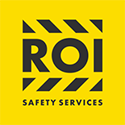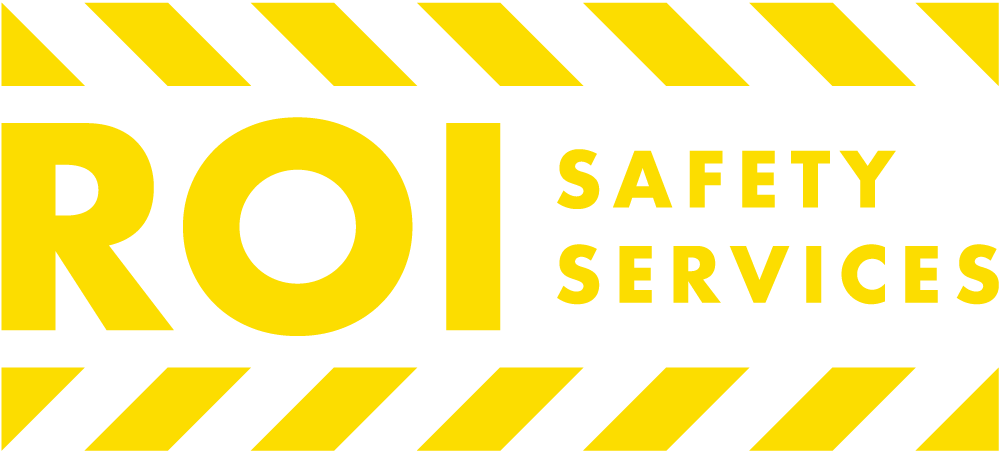
Workplace safety is a paramount concern for employers and employees. Many industries use forklifts to streamline operations and ease material handling. However, these heavy machines significantly contribute to over 50% of work accidents.
The sobering numbers stress the tragic loss of lives and underscore the following economic toll (medical bills, legal costs, loss of productivity, and damaged equipment), therefore underlining the need for comprehensive Forklift Safety training to reduce accident rates.
But first, let’s dive into the alarming statistics involving forklift accidents.
What Percentage of Forklift Accidents Happen?
OSHA reports on the frequency and severity of forklift-related accidents paint a grim picture with astonishing figures—85 fatal accidents and nearly 35,000 severe injuries in the U.S. In 2021, the U.S. Bureau of Labor Statistics (BLS) indicated that forklifts caused 70 work-related deaths and approximately 7,290 non-fatal injuries.
The frequency of occurrence differs per industry, with manufacturing facilities reporting about 42% of fatalities a year. Construction sites report about 23.6% of fatal accidents, 12.5% in distribution warehouses, and 11% in transport industries. Retail trade and mining sites follow with 9% and 1.5%, respectively.
OSHA states that about 24% of forklift fatalities are caused by tip-overs, followed by workers struck by materials at 17%, while workers falling from a forklift or being struck by one stand at 14%.
What are the Five Major Causes of Forklift-Related Accidents?
Considering Forklifts are an integral part of the heavy machinery industries, it is hard to ignore the numbers above. The primary responsibility of ROI Safety training is to ensure an operator understands the operations of a forklift and the importance of safe operations.
1. Poorly Trained and Inexperienced Forklift Drivers
The root cause of nearly 70% of workplace accidents is poorly trained or inexperienced forklift operators. A well-trained and experienced driver is less likely to cause operator-error fatalities since they can handle the machine’s dynamics and navigate various pathways while following safety protocols.
2. Improper Load Handling
Falling loads and forklifts tipping over are the most common workplace accidents, accounting for nearly 25% of fatalities. Loose, unsecured loads will likely fall when moving, shifting, or tilting the mass—often when driving at speed. Another risk is elevated loads, which block visibility and affect the balance and stability of the forklift, making it a danger to those nearby.
3. Pedestrian Collisions
In general, 36% of forklift deaths are pedestrian-related. They occur from driver error or poor communication between the operator and pedestrian, leading to inadequate signaling in yielding the right of way. Consequently, speeding or improper turning and ignoring obstacles can cause fatalities in the workplace.
Here are OSHA statistics on pedestrian-related forklift accidents:
- 42%-pedestrian struck by tipping over forklift
- 25%-crushed between machine and surface
- 11%- crushed between two forklifts
- 10%-run over by forklift
- 4%-pedestrian fall from a forklift
4. Poor Machine Maintenance
Companies without a schedule for regular inspection and maintenance are more likely to experience accidents caused by forklift malfunctioning mid-operations. An operator should ensure the brakes and horns are working, there are no leaks, the steering is responsive, and the tires are correctly inflated before using the forklift.
5. Workplace Design
Inadequate signage and warnings, poorly designed or unfitting pathways, wrong forklift designs, and pedestrian traffic are common causes of work accidents. Your work environment should determine the type, size, and design of forklift to acquire. For example, a large forklift will be in trouble if your space is narrow.
Are Forklift Accidents Preventable?
Forklift accidents are preventable through proactive measures and a commitment to training and education. By ensuring that every forklift operator is well-versed in safety protocols, workplaces can significantly decrease the likelihood of accidents. Training equips operators with the practical skills to operate forklifts safely and instills a culture of vigilance and responsibility.
Reducing Workplace Accidents Through Forklift Safety Training
1. Proper Forklift Training
It’s a mandatory requirement by OSHA to ensure every forklift driver is certified before operating the machine. Refresher courses are also advisable. A comprehensive training program should train operators on appropriate machine operations, load handling, hazard identification, and inspection and maintenance procedures. An operator with this knowledge and skills can identify potential hazards and prevent accidents.
2. Regular Inspections and Maintenance
Machine malfunction is often caused by neglected service and part replacements. An operator should conduct pre and post-shift inspections and report any observed faults to the shift supervisor immediately. Create and implement a forklift service schedule and adhere to it strictly to ensure the forklifts are always in good condition to avoid mishaps.
3. Secure and Maintain Load Stability
An operator should inspect the cargo for balance and stability before loading. Ensure the load has a low center of gravity, is symmetrical, and is well secured. Avoid placing cargo on forktips. A secured load makes it stable when moving in different platforms and inclinations. Load capacity is vital when maximizing forklift safety. Do not overload; maintain the required weight capacity to avoid accidents from tipping over.
4. Know your Environment
As an operator, it’s essential to know those blind spots, sharp turns, ramps, bumps, and traffic areas and how to navigate them with minimal interference. For instance, follow the signs and markings in the workplace and only use designated forklift paths and parking zones. Always adhere to company safety rules and procedures.
The Role of Training Programs
Effective forklift safety training programs go beyond teaching the mechanics of a forklift. They instill a deep understanding of the principles of balance, load distribution, and the impact of different terrains on vehicle stability.
Moreover, ROI Safety training programs emphasize the importance of pre-operation inspections, routine maintenance, and clear communication between operators and pedestrians. By addressing these critical aspects, training reduces the chances of accidents from technical errors and miscommunications.
Reach out today for a comprehensive walkthrough by our experts and a perfect solution for your company.

